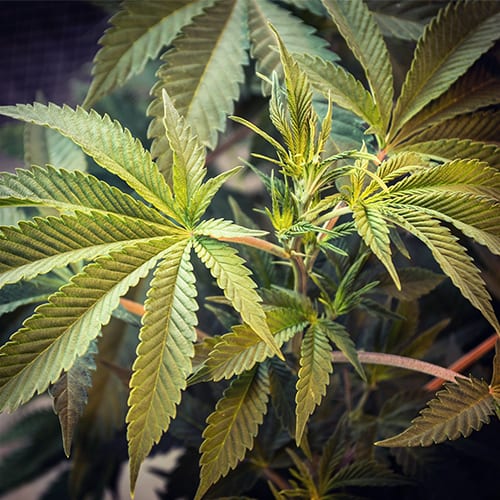
Marijuana dispensaries have come a long way from the seedy head shops lining Venice Beach.
Today, these brick-and-mortar establishments range from boutique shops where “budtenders” walk you through the product line to fluorescent-lit clinics where medicinal use is emphasized.
The dispensary of the future is a hot topic. Here’s what we’ve learned so far:
Vaporizers of all shapes and sizes will line store shelves.
Vaporizers, an extension of the e-cigarette fad, are electric devices that apply heat to dry flowers or marijuana-infused liquid and create an inhalable vapor. Vaping is cheaper and healthier than smoking, and the industry is only now heating up. Hence, it is best to know what chemical compounds are being extracted from marijuana and find out why it is good for vaping.
In 2015, the retail vaping industry is expected to rake in $3.5 billion, more than twice the $1.7 billion estimate for 2013, a Wells Fargo Securities analyst tells CNBC.
New users are drawn to the devices because of the variety of smart, discreet models that are quickly being introduced at every price point. There’s something for everyone, from disposable vape pens slim enough to double as a writing utensil to the “iPod of vaporizers.”
You’ll see more women shoppers inside.
Just three years ago, men were nearly 50% more likely to smoke pot than women. But as the political and social stigma against cannabis continues to fall, you’ll see more ladies shopping for Mary Jane.
“When I opened in 2004, only 10% of our patient base were women,” says Aundre Speciale, director of Cannabis Buyers Club Berkeley and owner of two medicinal marijuana dispensaries in California. “Now, it’s getting close to 50–50. That to me is so incredible.”
The industry may also see more women behind the counter and in the C-suite. According to a survey by Marijuana Business Daily, women hold 36% of leadership positions in the cannabis industry — well above the 22% average for US companies in general.
Dispensaries will carry a variety of brands, just like any other retailer.
Today, most marijuana dispensaries receive product from farms, package it using dispensary branding, and assign the strains arbitrary names in an effort to tickle customers’ fancy. It’s as though Target slapped a sticker with its iconic red rings on every product in the store.
Display cases won’t contain every available product.
Dispensaries may double as classrooms.
Dispensaries may one day offer classes on product, consumption, cooking, and more in an effort to better inform patients — and reel in revenue.
At Los Angeles-based dispensary Bud and Roses, owner Justis and his “budtender” employees, hold classes to familiarize patients with the shop’s inventory.
“The more you educate your patients, the more they’re going to ask about your product,” Justis says. That curiosity can translate to better sales.
Tech will take over the customer experience.
For a long time, medicinal marijuana users shied away from paying with a check or a credit card— or leaving any sort of paper trail. It could be used as evidence against them.
“I would offer a receipt and no one would ever take it,” says Nick Smilgys, head of operations and cofounder of Flow Kana. “Now they’re like, ‘Where’s the receipt?'”
In the future, we’ll see the industry catch up to consumer technology. IPads and tablets will be scattered throughout dispensaries so customers can read up on a strain’s strength and intended effect. Digital overhead displays might announce new product and deals.
As weed delivery startups like Meadow and Eaze blaze a trail in the mobile space, we’ll see more dispensaries come out with apps, so customers can create appointments and check their purchasing history in just a few taps.
There might not be dispensaries at all.
Dispensaries in 2020 will most likely be smarter, more diverse, and more transparent than the shops we know today. But according to one industry expert, they might also start disappearing.
“The concept of a store dispensing and retailing one thing is absurd,” says Michael Steinmetz, founder of Flow Kana. “I think that concept is really going to change.”
Years ago, he explains, a person bought liquor at the liquor store, where beer, wine, and alcohol made up a majority of the inventory. Today, you buy liquor at a Whole Foods or Safeway (in most states). Liquor stores still exist, but they’ve evolved to sell snacks, milk, eggs, and other products. Dispensaries may follow a similar route.
A caveat to this: Steinmetz would benefit from a shift away from the dispensary model. His company picks up sun-grown, organic marijuana from partnering farms, stores the marijuana at a main facility, and delivers orders to members’ doorsteps — skipping the dispensary experience entirely.
Steinmetz forecasts his company may one day open pop-up locations called “inspiration centers,” where customers can buy product, but also engage in art, social discourse, and education.
Source – Melia Robinson, Tech Insider





